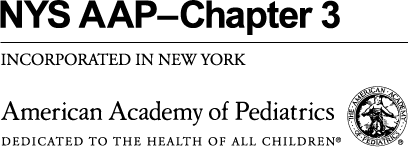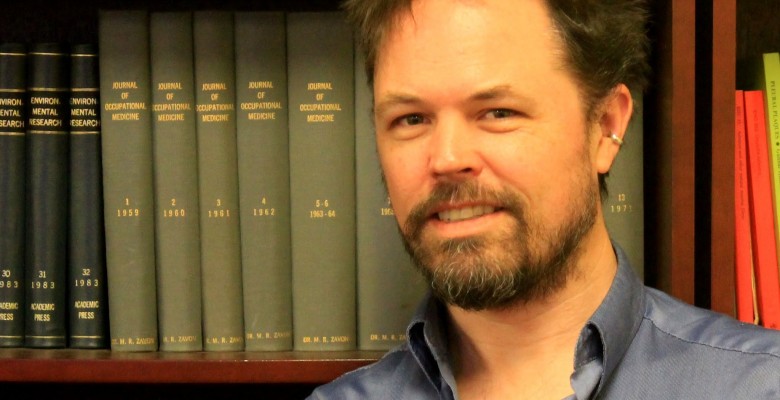Mount Sinai Pediatric Environmental Health Fellow Cappy Collins focuses his advocacy efforts on community health. Collins works at the Mt. Sinai PEHSU, an EPA partnered regional center dedicated to bridging the gap between the medical field and the public, providing information about environmental and children’s health. Collins’ advocacy initiatives in New York include Cyclopedia, a bicycle program for adolescents, as well as Cada Paso, a community-walking program.
How do you define advocacy?
From a medical point of view I’d say advocacy is what you do every day. And it doesn’t matter what kind of medicine you’re practicing, but you’re always there to provide for your patient. In the literal sense of advocate – speaking for someone – you are trying to provide them with information they may not have and trying to give them the services that they need. That can be on a patient-by-patient level or it can be looking upstream, which is a great way to think about it.
How did you become involved with advocacy work in medicine?
When I was in residency at the University of Rochester, I was fortunate enough to participate in an advocacy track. It was called CARE – Child Advocacy Residency Education. This CARE track allowed a person to get back in touch with the reasons they joined medicine to begin with. It’s easy to get lost because medicine tends to be so regimented and so demanding, you focus on the details because you have to, because a person’s health is at stake. Advocacy training lets you step back and look for the underlying causes, which was a more gratifying approach for me.
What are some of the challenges facing advocates in your field?
As you can imagine, preventive efforts, advocacy efforts, they’re hard to monetize. It’s hard to demonstrate the value of these programs because you’re preventing something from happening. You’re not waiting for something to happen and then charging to fix it… [Accountable Care Organizations provide] an opportunity to start keeping communities, families, patients healthy and getting paid for it… How do we keep people healthy in the most cost effective and health effective ways? So it’s kind of exciting to be at the front of that building surge. We’re hoping politically the surge continues, but we’ll see how things unfold in the next few years.
What is an important issue that deserves advocate attention today?
One thing we’ve been working on as environmental health physicians is trying to push through a state-wide and a national chemical reform bill. So, the current status is that it’s very hard to prevent a potentially toxic substance from coming to commercial use because right now companies do not have to prove safety of the product. The burden of proof is on researchers, us. Really, the burden of proof should be on [manufacturers] to prove that it’s safe up front so we don’t have to backtrack and allow whatever potential toxicity to propagate while this whole mess is being sorted out. It’s such a difficult problem to push through a legislative body because there are many forces pushing back on the other side. Every manufacturer would be spending more money to research the product to prove it’s safe. So, how do you spin that or demonstrate that it’s in the company’s and consumers’ best interest?
If you could offer advice to other advocates in the field, what would you say?
One of the lessons that I quickly learned is that you can’t do everything by yourself. You have to form partnerships. You have to have all the stakeholders united in your goals. You can’t come in there like a cowboy and say I know what I need to do and I’m going to do it. You have to make sure there is common ground between you and your partners all trying to work on the same problems so you can all use your unique skills to solve that problem collaboratively.


